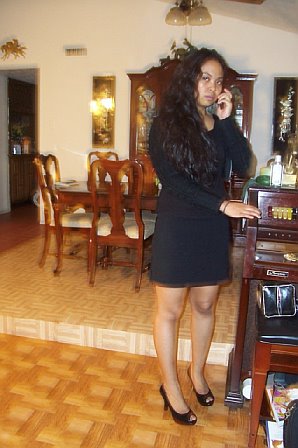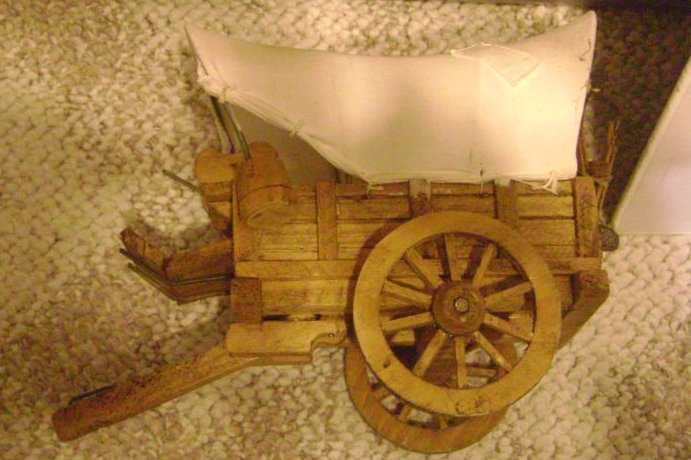LIFE AMONG THE DEAD
Having lived in a barrio where the municipal cemetery is located, I would like to share you what is life among the dead. The setting of this story is the "Camposanto", the final resting place of our earthly existence.
Few days before All Saints Day, I was one of the many "souls'' who take this annual event an opportunity to earn extra cash. "Hanap-buhay dahil sa patay". Prior to November 1st, the "camposanto" is already full of activities. Relatives and "katiwalas" are busy cleaning and painting the tombs and graves of their departed love ones and "amongs" . The "can afford" ones used real paints while the "can't afford" used "apog" mixed with used "kalboro" in painting. At a young age I learned how to earn a living in my own way. Akoy maagang namulat sa katutuhanan at kahirapan sa buhay*. I was one of those "letter artists" for hire. The owner of the grave (the living relative not the dead one... ) would pay me 3.50 to 5.00 pesos for every name printed. This includes the dates (birth and departure) and also above the name is either the words RIP or DOM. Permanent niche markers were not that popular then or were too expensive. Tombs made with marbles or granite were still few.
I was a neophyte compared to Elpio of Baro and Warling of Poblacion East (Kalawagan). From them (not from the book), I learned the Old English or Text style in lettering. I observed that you have to effortlessly and flawlessly use your lettering brush to achieve the desired quality of letter. Aside from gripping the brush in light manner (huwag manggigil), single stroke for every stems or part of letter is just what you need. Right amount of paint in the brush should be observed too. Otherwise, your letters will be a "horror movie" type. They would drip like blood. (Kung sabagay, bagay sa okasyon).
Elpio and Warling were the hottest artist in the "camp". They were the masters in this art. Aside from the two , there were more budding artists or once a year artist in competition. They were "Uncle" Jose Divina (now in California) and group, Socrates Mendioro (R.I.P), classmate from Dupac, and Raymundo Romero (also a classmate and now a successful overseas worker) of Macalong to name a few. It was a stiff but healthy competition. In fact, we somehow even manage to form and informal association.
In one of our light moments we bring up this funny and self-serving idea of having this holiday celebrated twice in a year. (Kathang isip lang namin ito at marahil dahil sa gutom at pagod ). On the other hand, don't they (our departed love ones) deserve more than just once? That idea is still an idea until now.
To get more clients, I charged little less than normal. I also sought the help of my childhood bestfriend Maximo "Joe" Tabin Navarro as the canvasser or "sales rep." . During the rush hours (few hours before people flock to the cemetery), he would helped me draw the guidelines. After deducting the materials cost, (bottles of paint and lacquer thinner, small can of black paint) and snacks we split our income, 80% to 20%.
I remember earning 150.00 pesos in one day. Though very tired, my happiness and contentment is beyond
explanation. The value of a hard earned penny weighs much more than its face value.
This seasonal and part time job became a routine for me and continued even after I graduated from college. --#
--Sammy Antonio
&&&&&&
I also did the same chore, but in my case, it was free because I had so many ancestors occupying the northwestern sector of the Catholic cemetery. My dad used the calboro paint which he got from a welding shop in Dagupan. It smelled like s--t but he did the painting and I did the lettering. I learned the Old English type which I picked up from a worn out dictionary at home.
I usually did the lettering chore on Oct. 31, about 10:00 am because during those days, I waited for the 11 th hour until I could not stand the nagging anymore from my elders. The hardest lettering job happened when you have to do a name on a surface a foot away from the ground. You have to be stooping down so low and your butt would be stuck out for all gawkers tosee.
Yep, Fiesta ti Natay is more like Fiesta ti Nabiag. Especially if one is in College and you have a girl friend in Asingan aside from the one in Manila. You could not wait to visit her and see her pretty face. Plus you know that her Mom would be serving delicious arroz caldo cooked with fresh chicken meat.
Ah, the good old days in Asingan. Full of Fiestas. Town Fiesta, Patron Saint Fiesta, May Festival ( at the church ) and the traditional Pistay Dayat at the Lingayen or Bonuan beaches.
Yes, the "green leaves of summer, are calling me home!"---#
--editor





















































